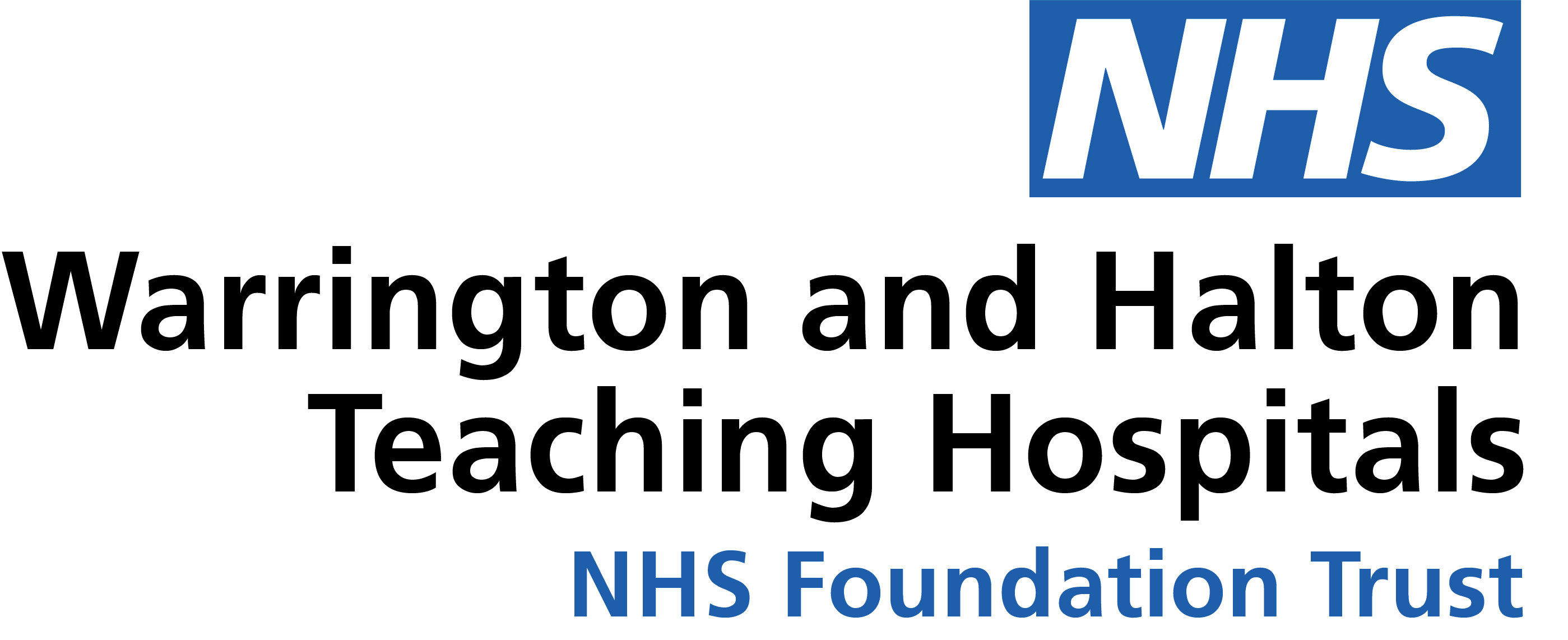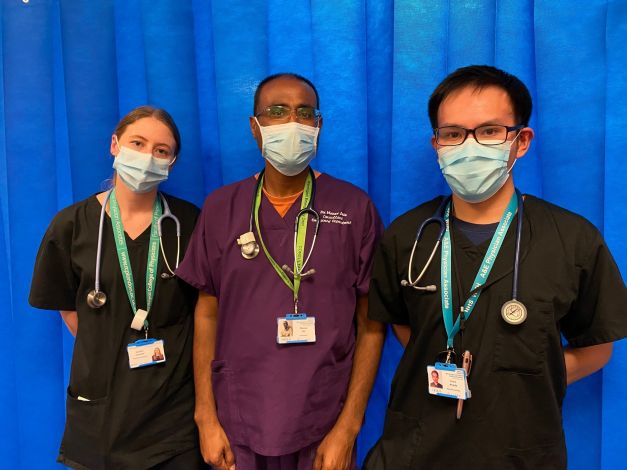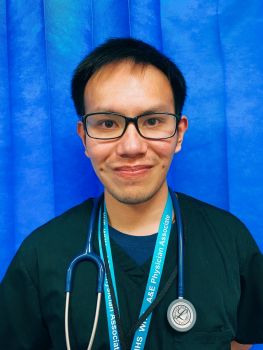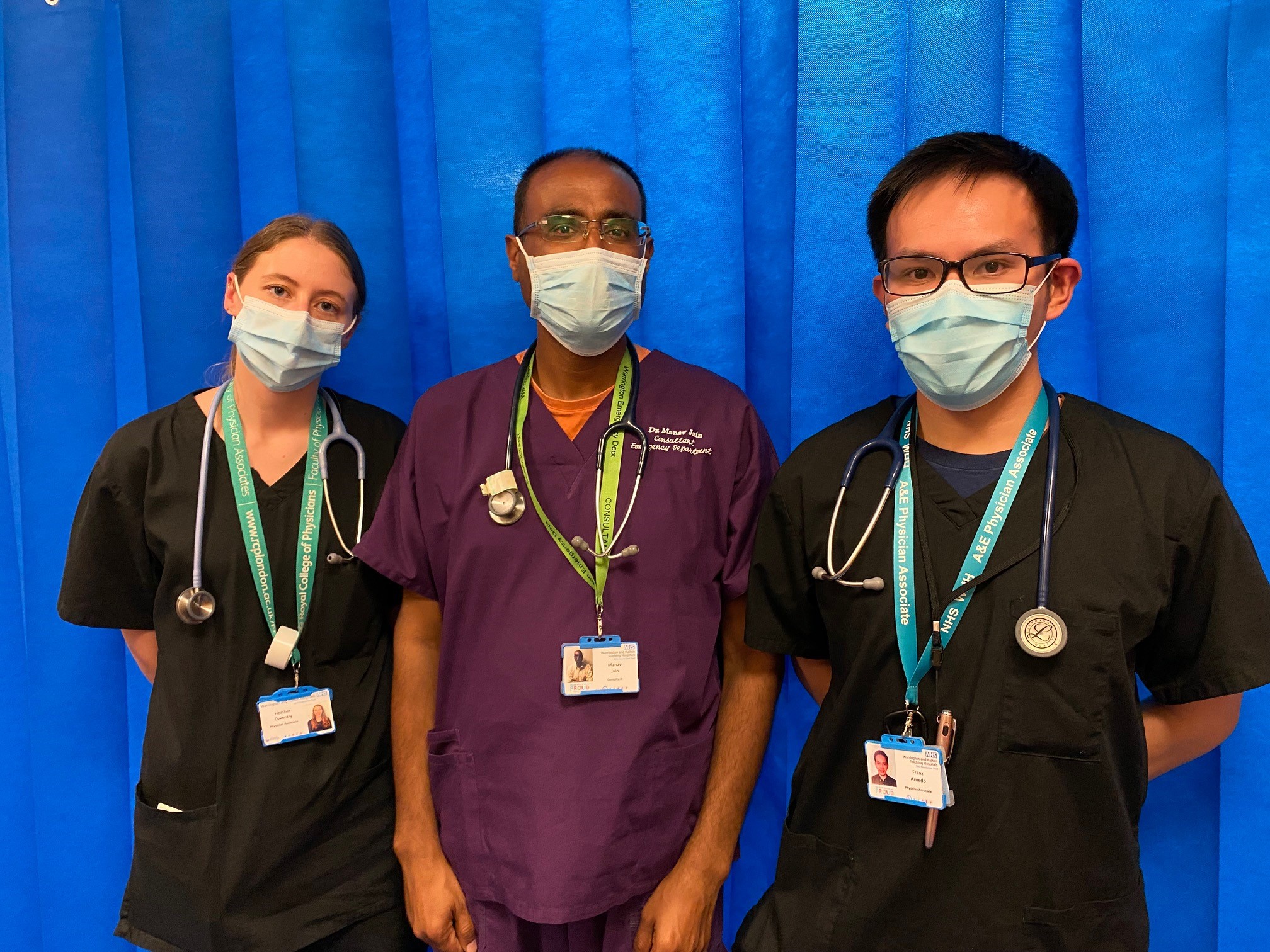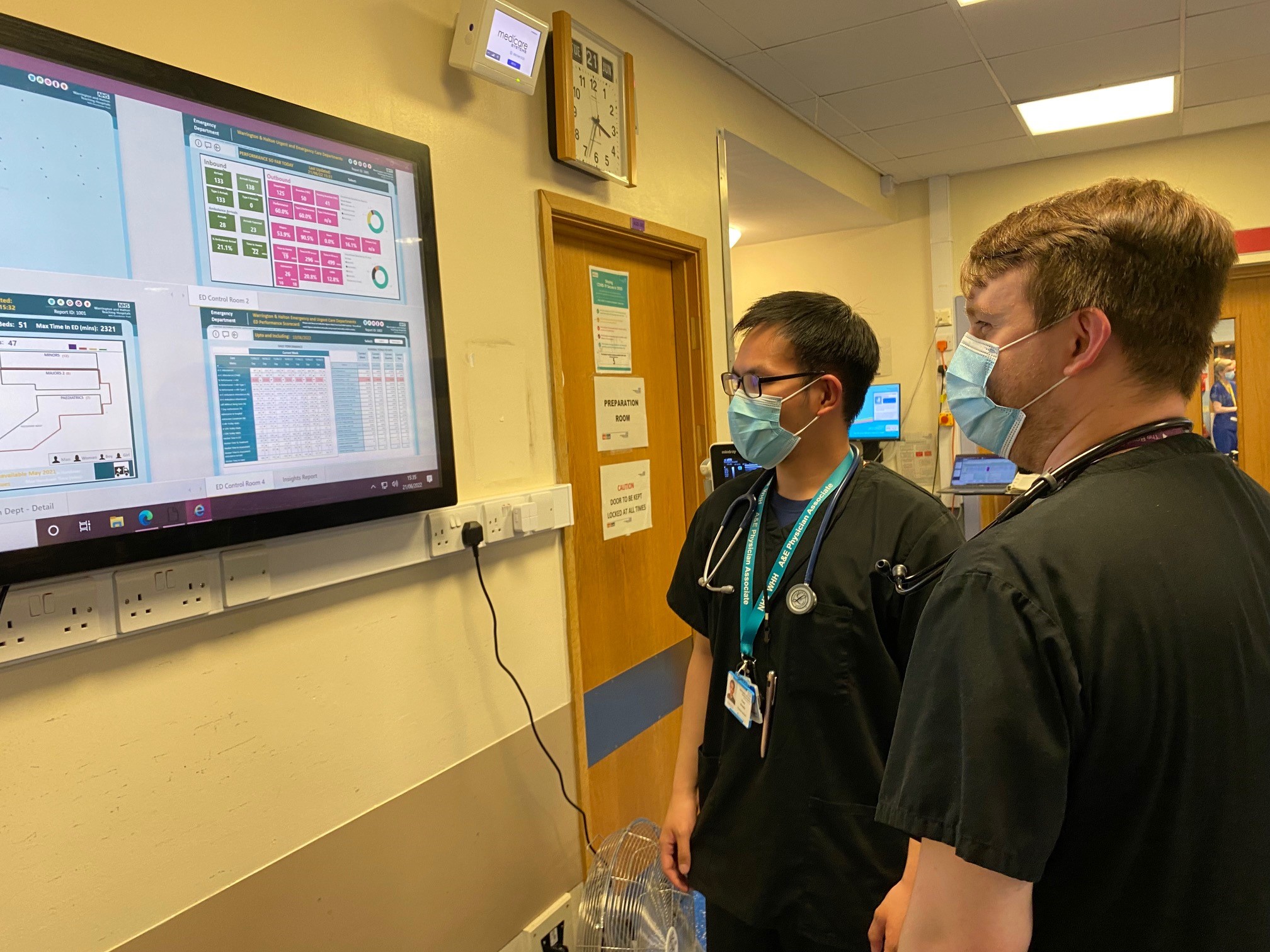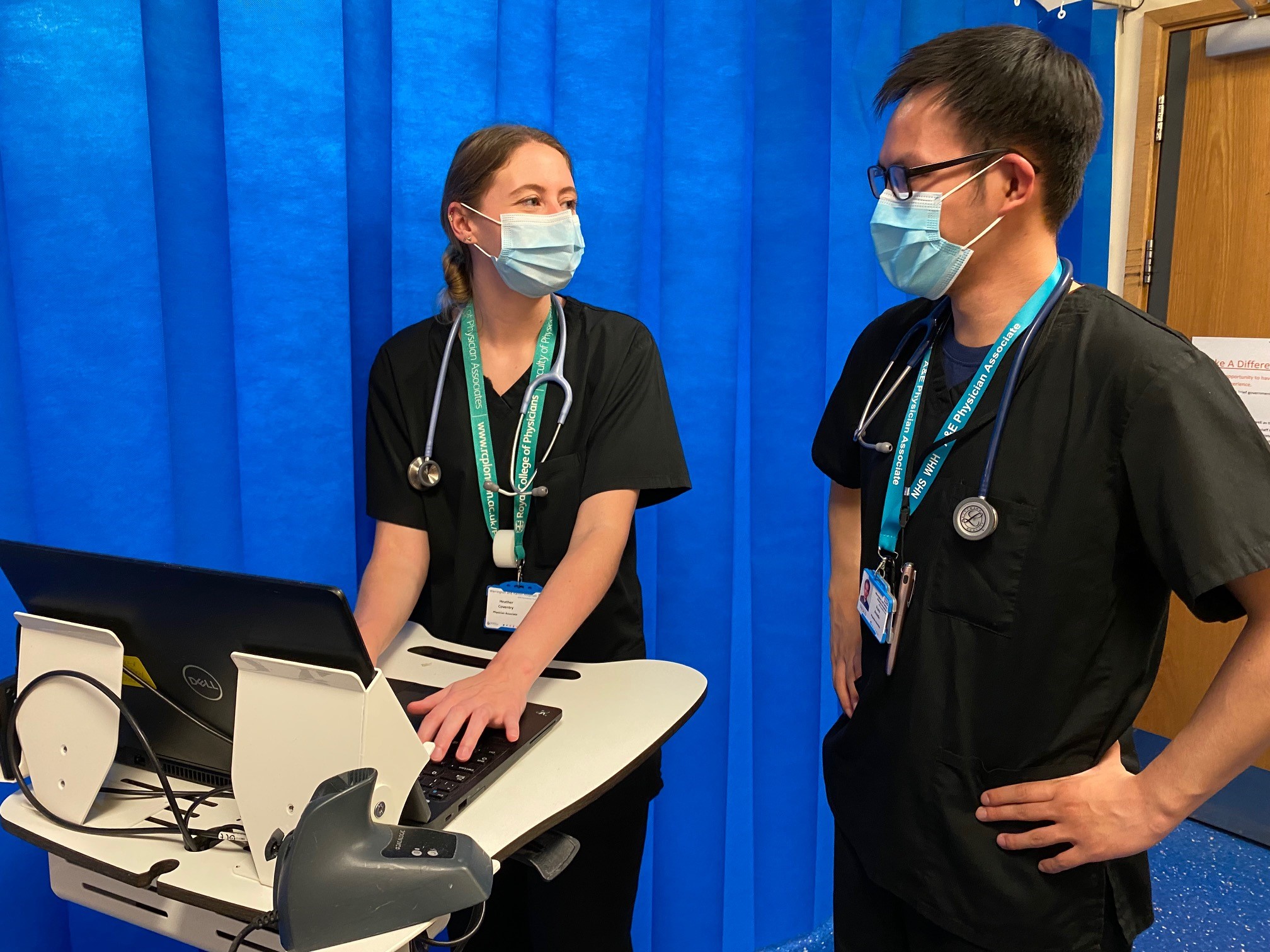Hello, my name is Franz Arnedo and I am a newly qualified Physician Associate working in the Emergency Department at Warrington Hospital.
Prior to joining this trust, I completed my 3-year undergraduate degree in BSc Biomedical Science and started volunteering at St. Rocco’s Hospice. Volunteering at the hospice helped me develop a keen interest in Physician Associates because it is a patient-focused career that allows me to be fully trained in 2 years (Master of Science) so I can practise medicine and start serving patients sooner.
Since June 2020 at Warrington Hospital, as a Physician Associate student from the University of Chester I gained experience on placements in various departments such as Trauma & Orthopaedics (T&O), Acute Medical Unit (AMU), Obstetrics & Gynaecology, Paediatrics, General Surgery and A&E.
Even as a student, I was proud to be part of the medical field where we were already being given a great deal of trust by both patients and healthcare professionals.
Physician Associates at Warrington Hospital
Currently, there are 18 Physician Associates that work at Warrington Hospital and 12 of us work in the Emergency Department. Additionally, there are also PAs who are based in General Surgery, Paediatrics, Frailty Assessment Unit (FAU) and Geriatric ward.
At the end of each month, there is a designated day that allows all the PAs from the hospital to meet and give feedback on our progress as well as to provide teaching opportunities for each other to sustain our development. On top of that, there is also the opportunity to book meetings with our designated consultant supervisor.
Day in the Life
After passing the Physician Associate National Exams (PANE), I started working at Warrington Hospital since April and have felt well-supported by the multidisciplinary team which is comprised of PAs, doctors, nurses, and other healthcare professionals. Furthermore, the transition from being a newly graduate and starting my first job was carefully planned as I was supernumerary for the first 8 weeks which allowed time for me to adapt to the system.
At the start of my shifts, we have a safety brief and handover meeting where we discuss the patients especially those who are critically unwell. After the meeting, just like the doctors and other PAs I would check the patient list on the online hospital system. We usually see patients in time order so I find who is next to be seen and read their triage notes as well as checking what investigations have already been ordered and if there are any results available.
Next, I would put my name next to the patient, so other staff are made aware, and then set off to the area of the emergency department where the patient is located, whether that be in triage, ambulatory, majors, hub or respiratory unit.
When with the patient, I would take a history, perform examinations, and answer any questions the patient has as well as discussing my preliminary findings and possible causes of their symptoms and management. But I would always tell the patient that I will need to have a discussion with the consultant first before anything is finalised. Nevertheless, at least I am able to answer their questions and give them an idea of what may be going on and of any further investigations or management which may be involved, for their reassurance.
After, I would document the interaction and present the case to the coordinating consultant which includes the patient’s history, my examination findings, and investigation results. We would then have a discussion where I have the opportunity to suggest the diagnosis/differential diagnoses and propose an appropriate management plan. During these discussions, the coordinating consultant would be able to prescribe the appropriate medication or order investigations that require ionising radiation.
During numerous occasions, I have been asked about my role by both patients and staff, and I believe we have a responsibility as Physician Associates to explain the role clearly, and to demonstrate through our actions that this new role can play a vital part in the healthcare system. This will be an essential step towards making the Physician Associate a household name in the NHS in the years ahead.

